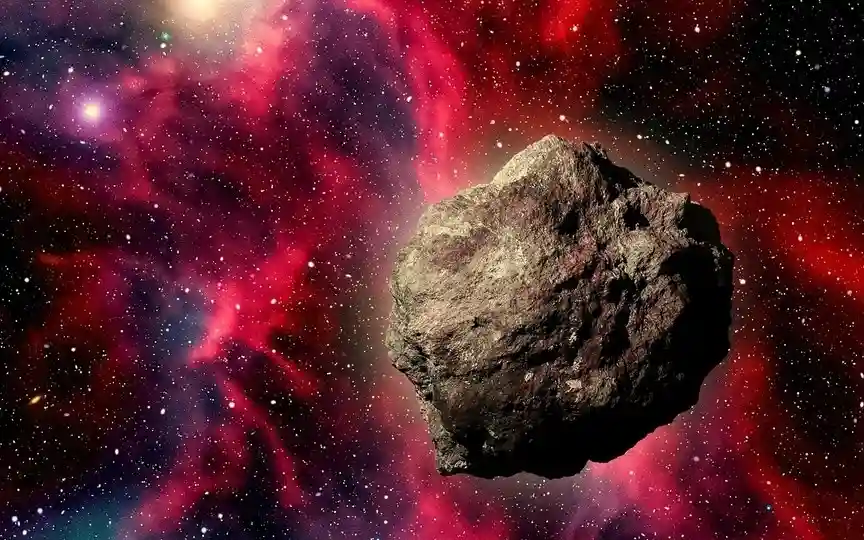NASA reports that two asteroids will come close to Earth soon; Details on speed, size, and more available
NASA has detected two asteroids moving towards Earth in their orbit. The US Space Agency has classified them as Near-Earth Asteroids and warned that they will pass by the planet at close distances. This is part of a series of asteroid flybys that have been observed in recent months. Learn more about these asteroids, including their size, speed, and how close they will come to Earth.
Asteroid 2024 CE7: Details
NASA CNEOS has named the first asteroid to pass Earth today as Asteroid 2024 CE7. It is expected to pass the Earth at a distance of only 5.2 million kilometers. According to NASA, it orbits at a speed of 69,645 kilometers per hour, which is even faster than the space shuttle!
Size-wise, it’s almost 120 feet wide, making it almost as big as an airplane. It belongs to the Apollo group of Near-Earth Asteroids, which are space rocks that pass through the Earth and whose semi-major axes are larger than the Earth’s axis. These asteroids are named after the huge 1862 Apollo asteroid discovered by German astronomer Karl Reinmuth in the 1930s.
Asteroid 2024 CC7: Details
Another asteroid, named Asteroid 2024 CC7, is moving toward Earth in a slower orbit of 21,582 kilometers per hour. NASA also expects this space rock to fly past Earth at a distance of about 5.8 million kilometers tomorrow, February 28.
Asteroid 2024 CC7 is smaller in size than asteroid 2024 CE7. NASA says it’s nearly 59 feet wide, making it almost the size of a house. According to NASA, it belongs to the group of Aten asteroids, which are near-Earth Asteroids (NEAs) with semi-major axes smaller than Earth’s. They are named after the asteroid 2062 Ate, and the first of their kind was discovered by American astronomer Eleanor Helin at the Palomar Observatory on January 7, 1976.
It is important to note that although both asteroids have been called Near-Earth Asteroids due to their close proximity, they are not expected to actually hit the planet, the US space agency has revealed.




